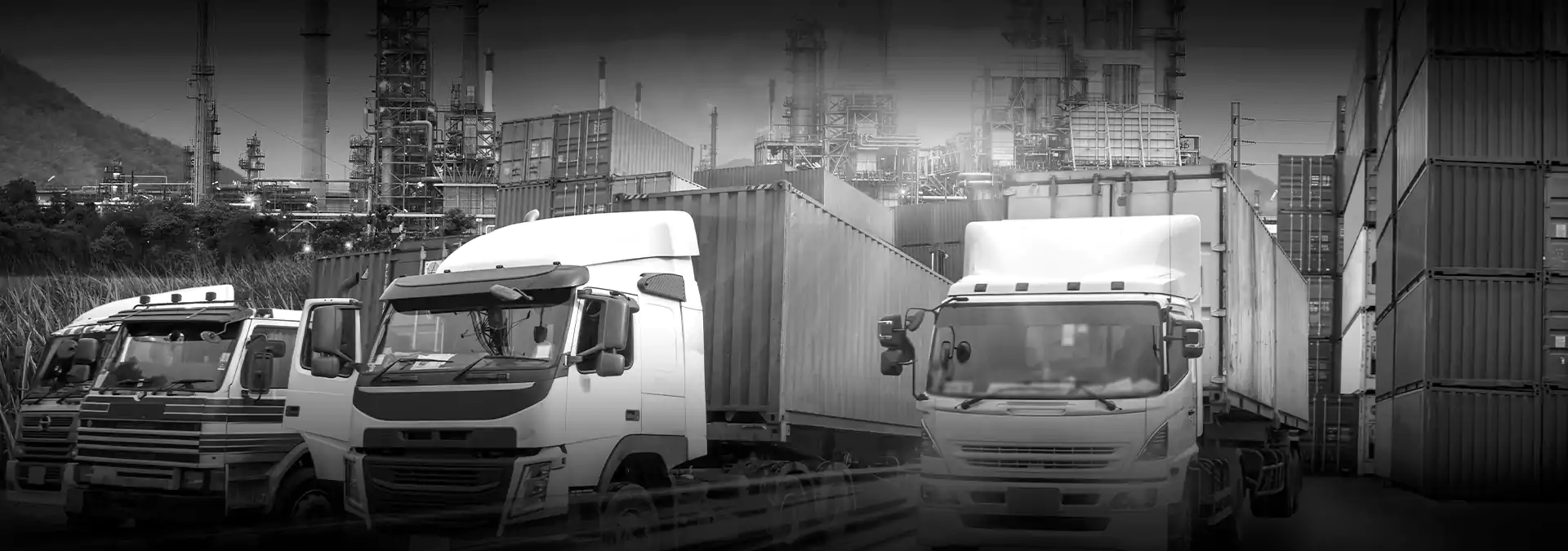The disruptions and challenges that affected the oil and gas industry over the last decade have increased in frequency, magnitude, and diversity. They covered a wide range of challenges across social, economic, political, and environmental issues; and included the pandemic, the war in Ukraine, trade wars, labor disputes, and logistical hub bottlenecks. In addition to operational stresses, pressure from consumers, regulators, and shareholders to increase sustainability further exasperated global value chains, impacted bottom-line profits, and affected the cost and availability of capital for growth.
Regardless of their type, the key learning from responding to these exceptional circumstances made it clear that they can no longer be treated as exceptions, and everybody along the supply chain, from exploration through to the final delivery to the consumer, needs to shift mindsets from fire-fighting to building robust supply chains that can withstand stronger tremors impacting the overall business landscape. Companies need to shift from lean supply chain operations designed to meet stringent customer expectations (while aggressively bringing down costs and reducing inventories), to building resilience into their value chains to be able to withstand the stresses from the disruptions that they can expect to face in the new global reality.




